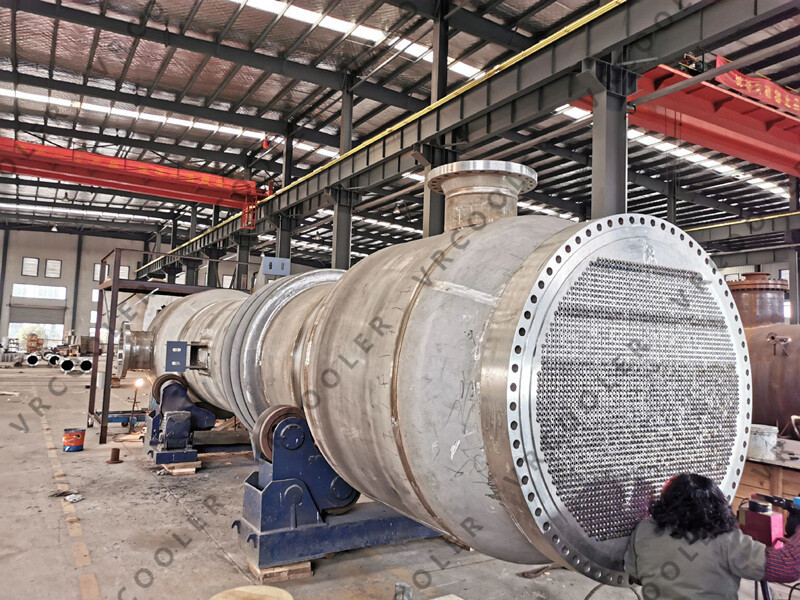Shell and Tube Coolers in Petroleum Refining Processes
During multiple refining steps (e.g. cracking, hydrogenation, etc.) the temperature of the petroleum product can reach very high levels. Shell and tube coolers can quickly reduce the temperature to a safe range and prevent overheating.
The design of the shell and tube provides a large surface area for efficient heat exchange with the cooling medium (e.g. water or cooling oil) and rapid heat removal.
Prevent oxidization: At high temperatures, petroleum products are susceptible to oxidization, resulting in quality loss. Effective cooling of the cooler can reduce this risk and protect product quality.
Maintaining physical properties: Proper temperature control helps to maintain the physical and chemical properties of the petroleum, ensuring stability for subsequent processing and storage.
Cracking: During cracking, the resulting light oils and gases need to be cooled quickly to prevent the cracking reactions caused by high temperatures from continuing, thus ensuring product selectivity.
Hydrotreating: In hydrorefining, the reacted products need to be cooled quickly to improve the efficiency of subsequent separation and treatment.
Reduced energy consumption: The shell and tube cooler reduces dependence on external cooling sources through efficient heat exchange, reducing energy consumption and operating costs.
Increased yield: An efficient cooling process increases the overall yield of oil, making the refining process more economical.
Prevents equipment damage: Overheating can lead to equipment damage or failure, and the use of shell and tube coolers helps keep equipment within safe operating temperatures.
Reduces the risk of accidents: By controlling the temperature, safety hazards such as fires or explosions caused by high temperatures are reduced.


